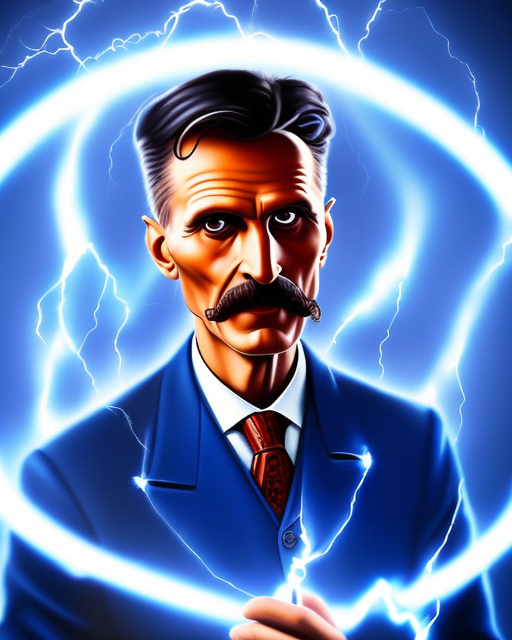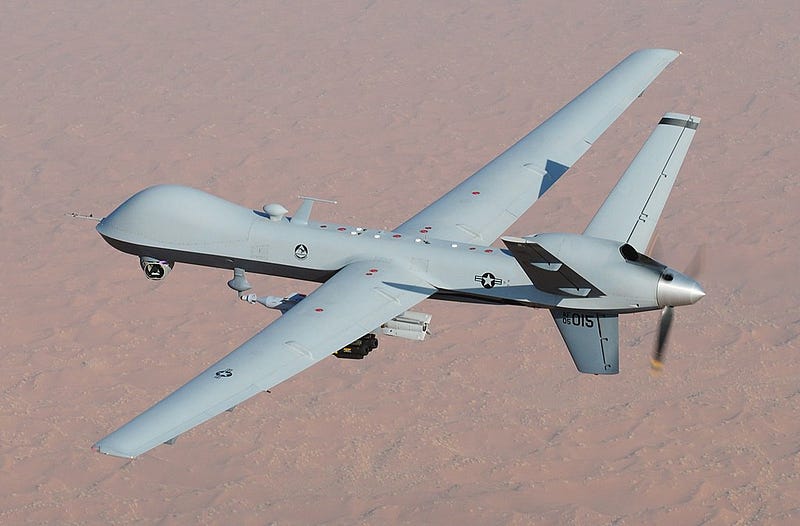Unlocking Nikola Tesla's Extraordinary Genius: A Deep Dive
Written on
Chapter 1: Understanding Genius
When asked to define the traits of a genius, many might find this question deceptively simple. Dr. Craig Wright, who has spent years researching this topic, asserts that a genius is an individual endowed with extraordinary mental faculties whose original contributions significantly influence society across different cultures and eras. If we apply this definition, Nikola Tesla undoubtedly ranks among the greatest geniuses in history.
Tesla's distinct mental prowess is evident in his autobiography, written around 1919, where he states:
“I am credited with being one of the hardest workers and perhaps I am, if thought is the equivalent of labor, for I have devoted to it almost all of my waking hours. But if work is interpreted to be a definite performance in a specified time according to a rigid rule, then I may be the worst of idlers. Every effort under compulsion demands a sacrifice of life-energy. I never paid such a price. On the contrary, I have thrived on my thoughts.”
These reflections reveal a glimpse into the incredible talent that set Tesla apart. It all began in his childhood.
Section 1.1: Tesla's Unique Affliction
“In my boyhood, I suffered from a peculiar affliction due to the appearance of images, often accompanied by strong flashes of light, which marred the sight of real objects and interfered with my thought and action.” — Nikola Tesla, My Inventions: Nikola Tesla’s Autobiography
As a child, Tesla grappled with vivid mental images that felt almost like holograms, making it challenging to differentiate between reality and these projections. This phenomenon intensified when he tried to sleep, leading to a relentless struggle with these intrusive visions.
In an effort to combat these overwhelming images, Tesla sought refuge in his imagination, embarking on mental journeys that allowed him to explore fantastical realms without ever leaving his home. This skill matured alongside his studies in engineering, where he discovered he could create intricate designs in his mind without needing physical prototypes. He remarked:
“I do not rush into actual work. When I get an idea, I start at once building it up in my imagination. I change the construction, make improvements and operate the device in my mind. It is absolutely immaterial to me whether I run my turbine in thought or test it in my shop. I even note if it is out of balance. There is no difference whatever; the results are the same.”
His mental imagery was so precise that he could even detect wear on materials. In a near-drowning incident, it was this visualization that guided him to safety.
Subsection 1.1.1: The Power of Visual Thinking

Tesla's extraordinary ability mirrors those of "object visualizers," as described by Dr. Temple Grandin, who explains that such thinkers often excel in fields requiring spatial awareness, like engineering and art. Grandin's own experiences highlight the advantages and limitations of this kind of thinking, noting that while some individuals thrive in visual creativity, they may struggle with other cognitive skills. Nevertheless, Tesla stood out not only for his visualization skills but also for his adeptness in social interactions, allowing him to navigate the world and make significant contributions to technology.
Section 1.2: From Imagination to Innovation
Tesla's career began with a position at the Central Telegraph Office in Hungary, which propelled him into designing telephone exchanges. His journey continued through power station redesigns in Europe and ultimately led him to America, where he caught the attention of Thomas Edison.
Chapter 2: The Visionary World-System
Tesla's innovations culminated in a vision he referred to as his "World-System." While strolling in a park, he experienced a flash of insight that would change the course of technology forever. His AC motor, the Tesla Coil, and concepts of wireless communication were part of this grand design, which included the idea of "Telautomatics," or radio-controlled machines—precursors to modern drones.
He believed that in the future, machines could operate autonomously, stating:
“In an imperfect manner, it is practicable, with the existing wireless plants, to launch an aeroplane, have it follow a certain approximate course, and perform some operation at a distance of many hundreds of miles.”

Tesla envisioned a world where communication would blend telegraphy, telephony, and visual media, enabling global connectivity through simple devices. This early conception of the internet foreshadowed the technological landscape we navigate today.
Tesla's foresight extended to wireless energy transmission and autonomous machinery, demonstrating his unparalleled ability to foresee the implications of his work.
Reflecting on Tesla's self-perception, he noted:
“I have dwelt on the circumstances of my early life and told of an affliction which compelled me to unremitting exercise of imagination and self-observation. This mental activity, at first involuntary under the pressure of illness and suffering, gradually became second nature…”
Tesla's mind functioned as a highly adaptive design tool, enabling him to innovate at a pace far beyond that of traditional methods.
In conclusion, if we define genius as an individual whose exceptional mental capabilities lead to significant societal change, then Nikola Tesla exemplifies this concept perfectly.
To explore more enlightening stories, consider subscribing to my mailing list. Additionally, joining Medium supports writers like me for just $5 a month. Don't forget to check out my Substack for more insights on history, philosophy, and action.